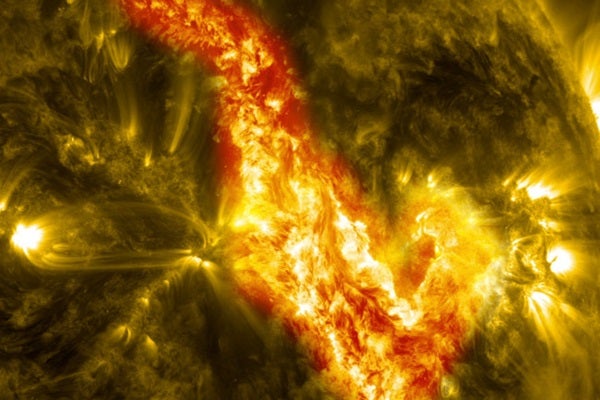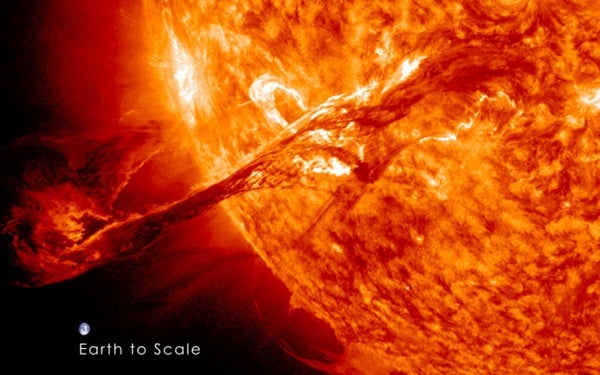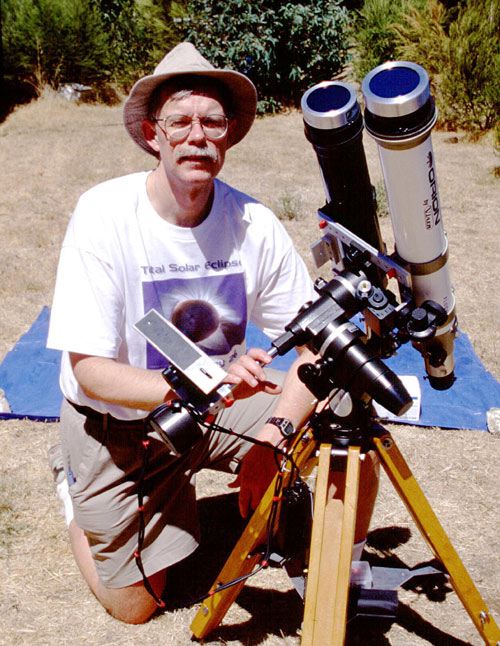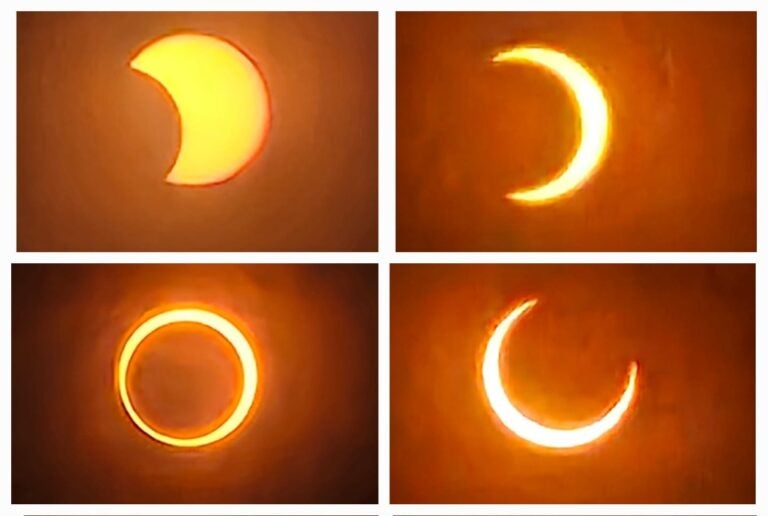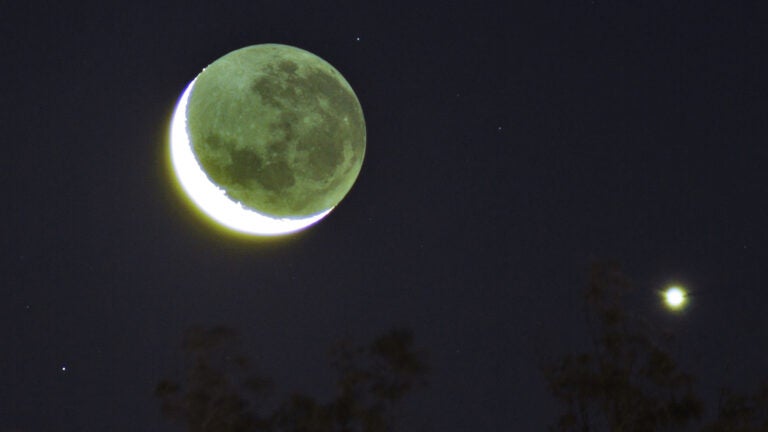NASA has released a video, embedded below, that shows it in a way you probably have never seen, and maybe never even imagined.
The video shows an entire decade of activity on the Sun in the span of a single episode of, well, name your favorite television series. If you’re anything like me (a proud science visualization geek), and probably even if you’re not, you might find it mesmerizing. (The music helps!)
The video is a time-lapse consisting of one high-resolution photo taken every hour of every day by the Solar Dynamics Observatory between June 2, 2010 and June 1 of this year. It condenses those 10 years into just 61 minutes.
A number of particularly noteworthy solar events that are part of the Sun’s 11-year solar cycle are captured in the video, including eruptions, flares, explosions, prominences, etc. These features tend to go by quickly and are easy to miss. So I’ve also included visualizatons that capture some of these spectacular events in great detail, along with short explanations.
Without further ado, the time-lapse
The images comprising it were taken at an extreme ultraviolet wavelength — invisible to our eyes. This enables us to to see details in the Sun’s outermost atmospheric layer — the corona.
Those details include what may be the most memorable event during the 10-year period: a gargantuan filament of solar material erupting out into space on Aug. 31, 2012. It’s in the time-lapse at 13:50. It goes by really fast, so here’s a stunning closeup video view:
At a certain point, they became so stressed in this configuration that they suddenly snapped and realigned into a less tense one, explosively ejecting radiation and billions of tons of hot plasma along with embedded magnetic fields out into space. (The scientific name for the process is called magnetic reconnection.)
Here’s a still image of the event, known as a coronal mass ejection, or CME — and note the image of Earth inserted to provide scale:
Canyon of fire
Another filament eruption is captured in NASA’s 61-minute time-lapse of SDO images. This one, occurring in late September of 2013, left behind what NASA called a “canyon of fire.” The image at the top of this post shows that feature. In the time-lapse, it occurrs at 20:25, but once again, it’s fleeting. If you blink, you’ll miss it. So here is a video with varying closeup views of the event:
The red images in the movie highlight plasma at temperatures of 90,000° F. These are good for observing filaments as they form and erupt.
And the yellow images reveal material at temperatures of 1,000,000° F. These are “useful for observing material coursing along the sun’s magnetic field lines, seen in the movie as an arcade of loops across the area of the eruption,” NASA says.
Fiery coronal rain
Some eruptive events on the Sun produce only a solar flare. With many others, the flare is associated with a coronal mass ejection. And sometimes, beautifully complex looping structures form. In this closeup video of an event on July 19, 2012, all three are visible:
After the flare and CME, hot plasma cooled and condensed along strong magnetic fields, creating the beautiful loops visible in the closeup video.
Transit of Venus
One event early on in the time-lapse is easier to see than others: The transit of Venus across the face of the Sun on June 5, 2012,. You can spot it at 12:24. It goes by quick, so once again, here’s a closeup video:
Over the decade covered by the time-lapse video, SDO has collected 425 million high-resolution images of the Sun comprising 20 million gigabytes of data. “This information has enabled countless new discoveries about the workings of our closest star and how it influences the solar system,” NASA says.

